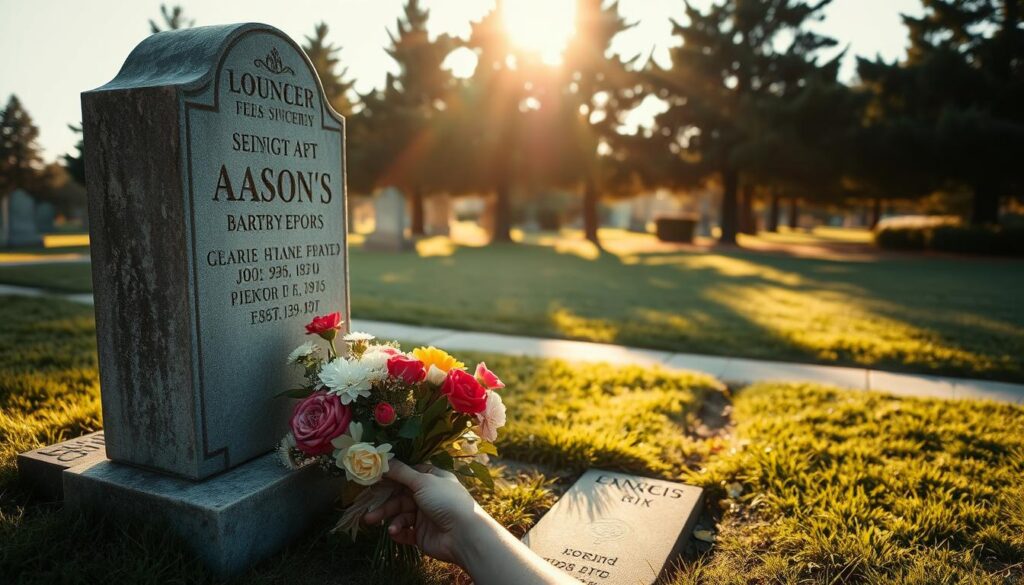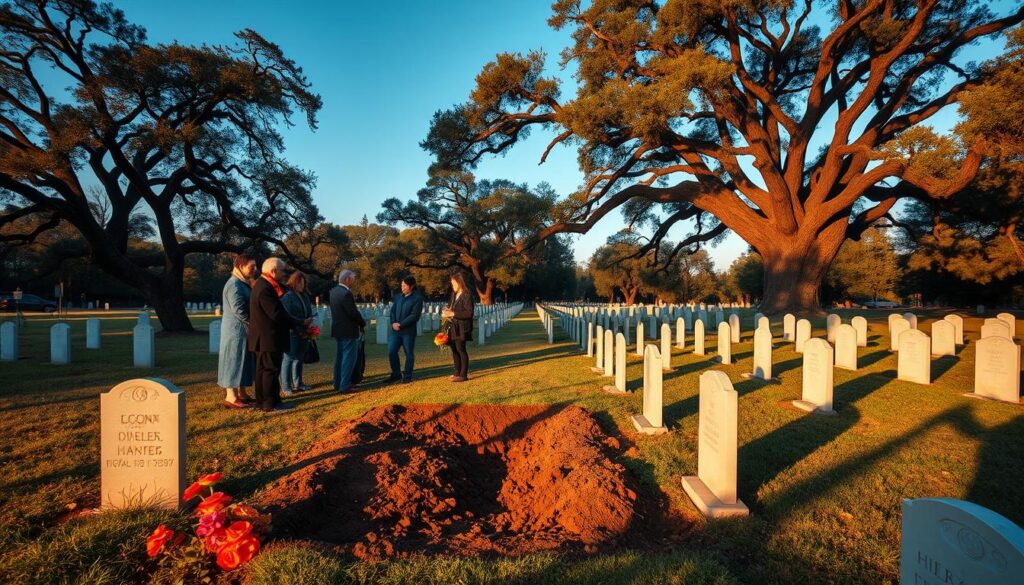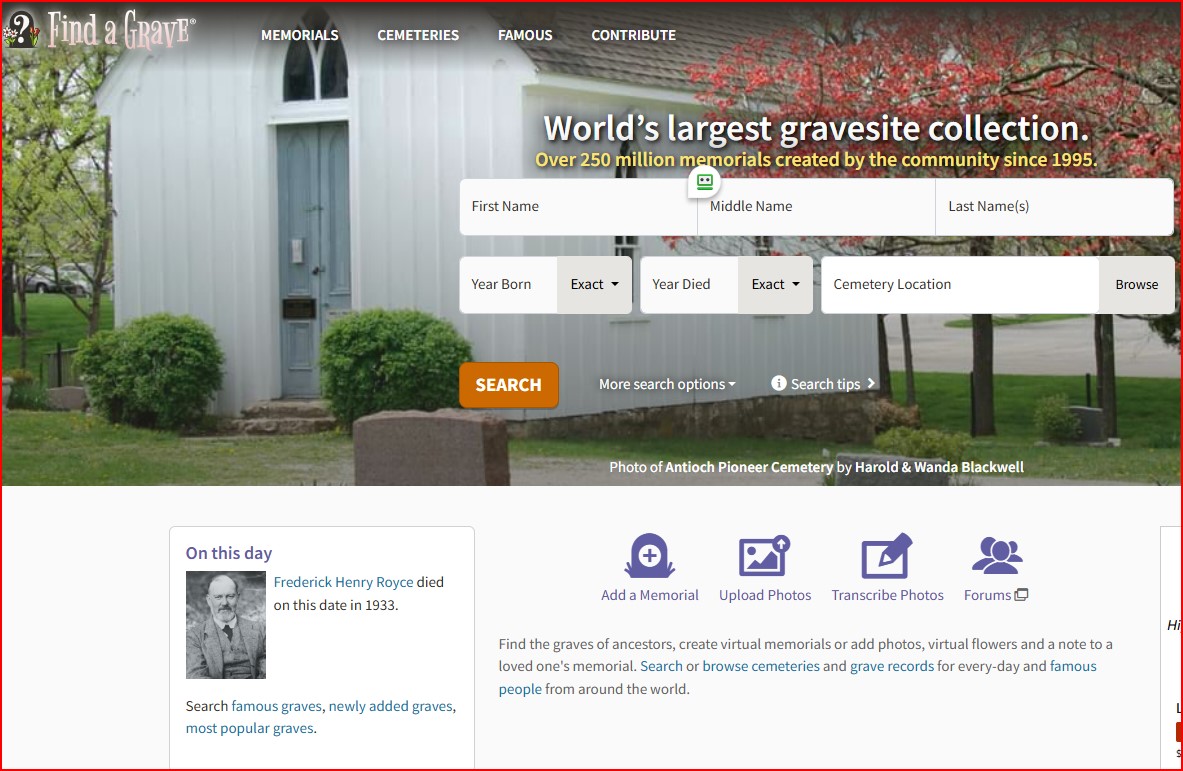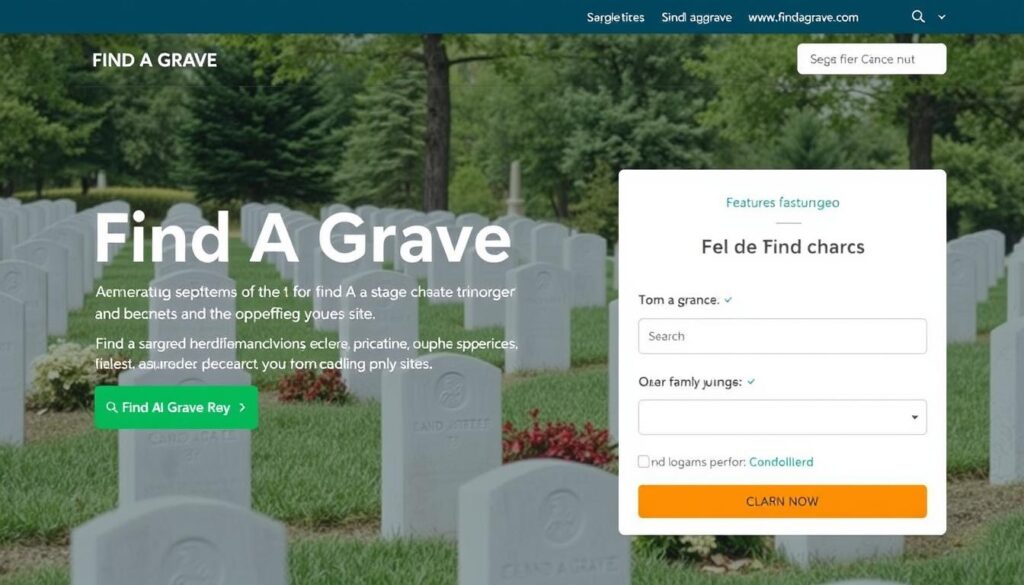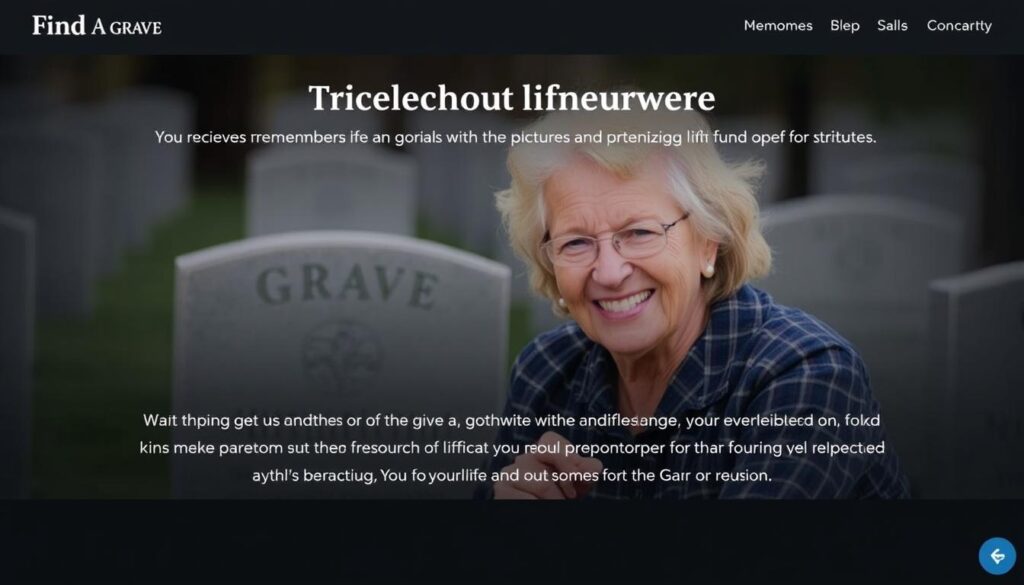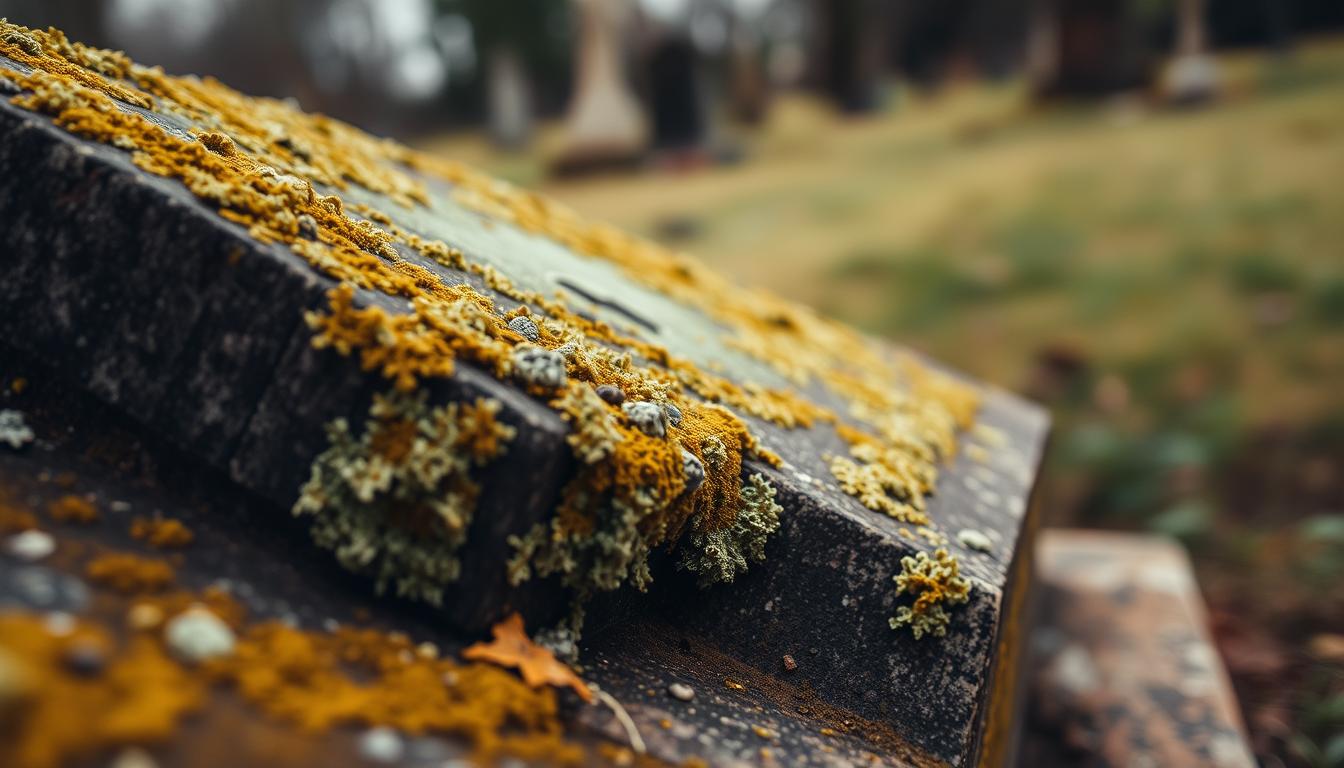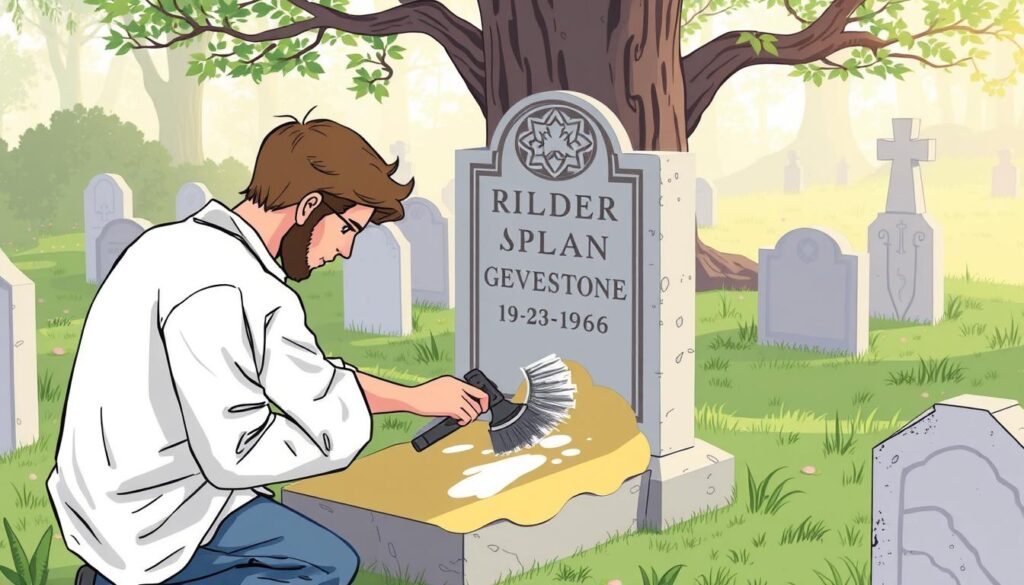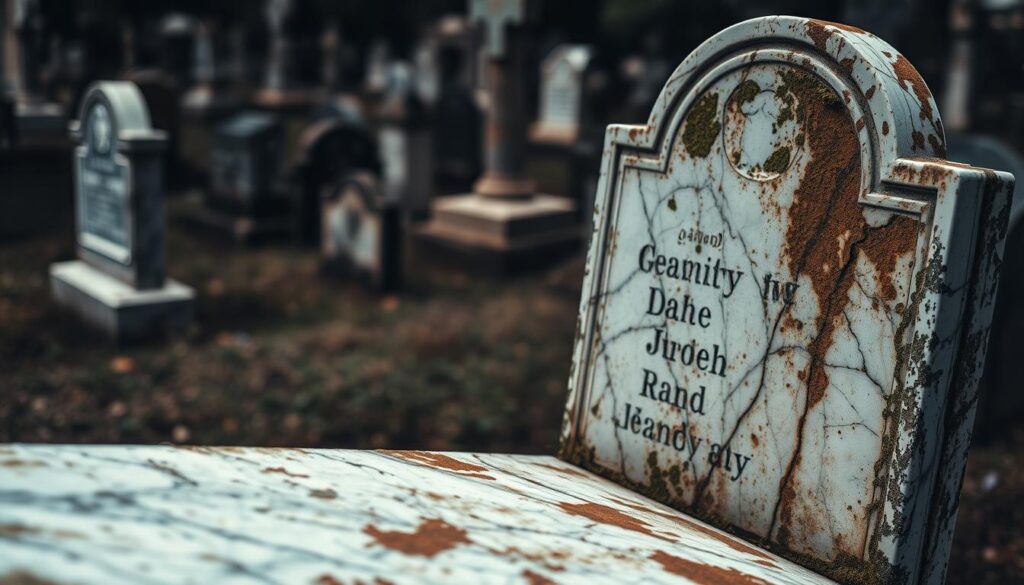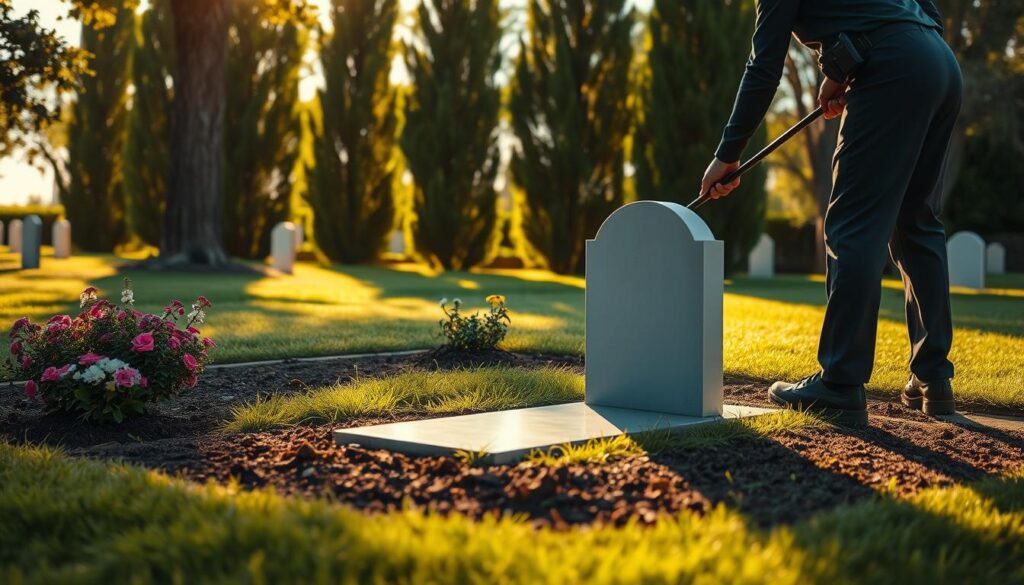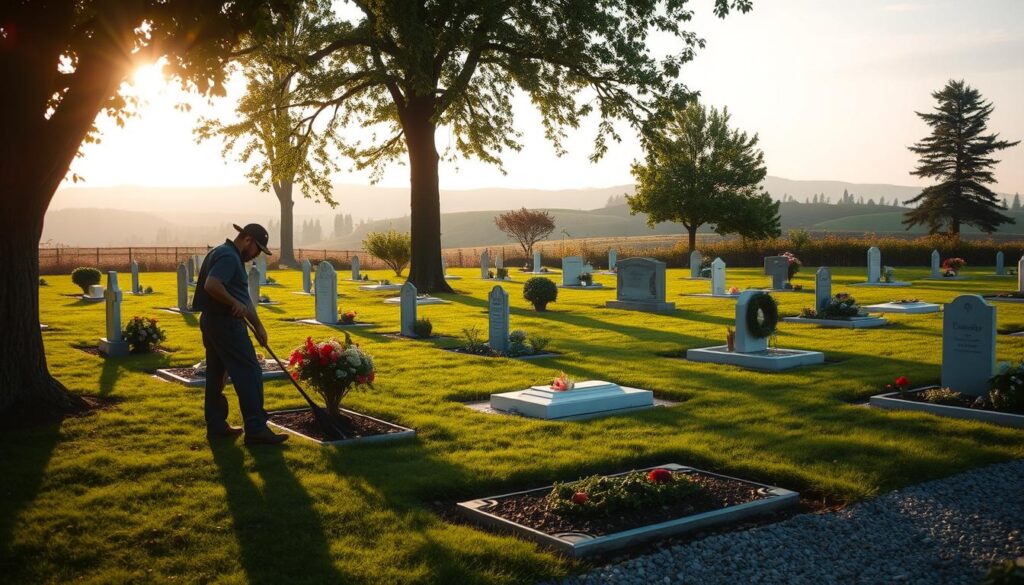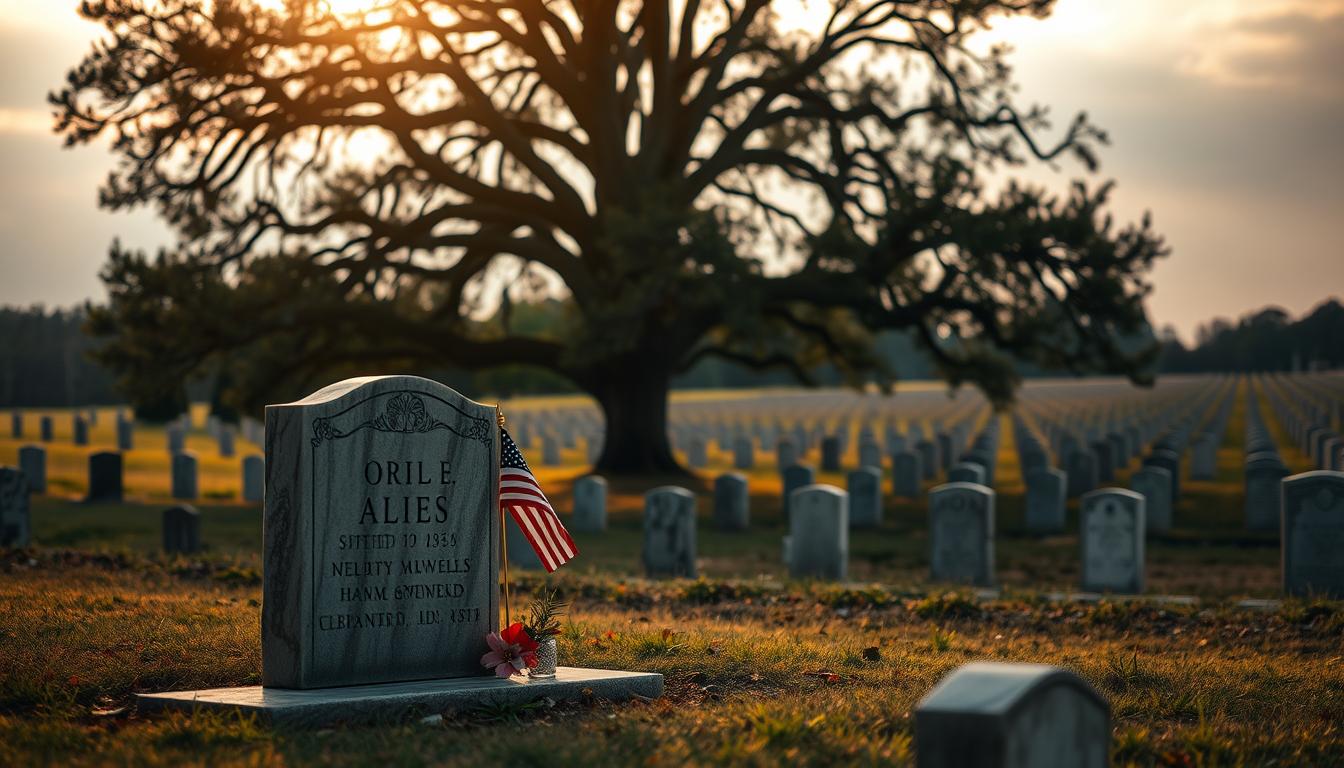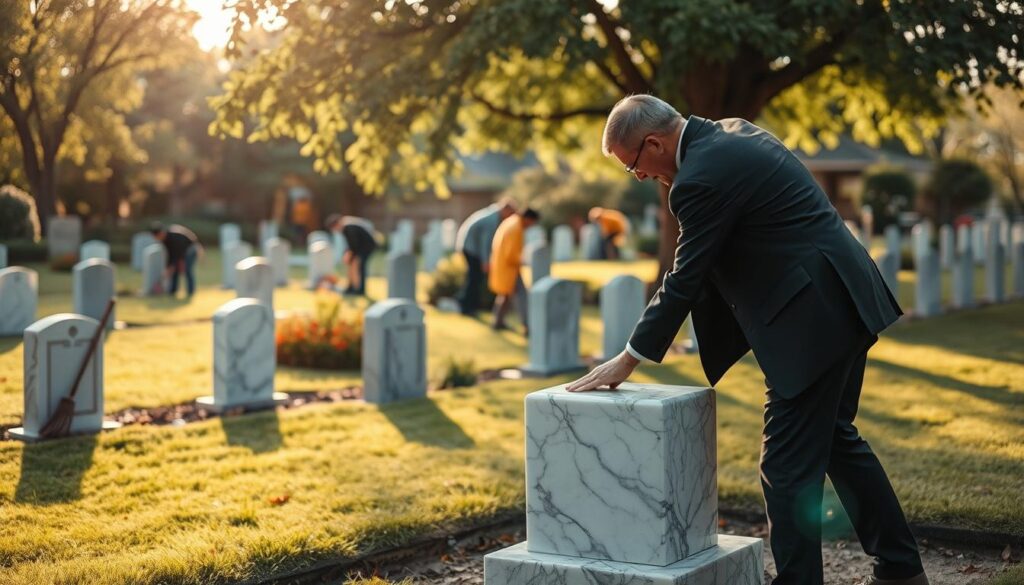As Memorial Day approaches, many of us are reminded of the loved ones we’ve lost. In the hustle of daily life, finding time to visit a gravesite can be challenging. Yet, the desire to honor their memory remains ever-present.
Our Gravesite Flower Placement Service offers a heartfelt way to pay tribute, even from afar. We understand the importance of honoring those who have passed, and our service is designed to provide a meaningful way to do so during significant occasions like Memorial Day.
By choosing our service, you can ensure that your loved one’s memory is honored with grace and compassion.
Key Takeaways
- Honoring loved ones on Memorial Day is made easier with our service.
- Our Gravesite Flower Placement Service saves you time and effort.
- We provide a meaningful way to pay tribute to those who have passed.
- Our service is designed to be compassionate and respectful.
- You can honor your loved one’s memory from anywhere.
The Challenge of Honoring Departed Loved Ones in Today’s Fast-Paced World
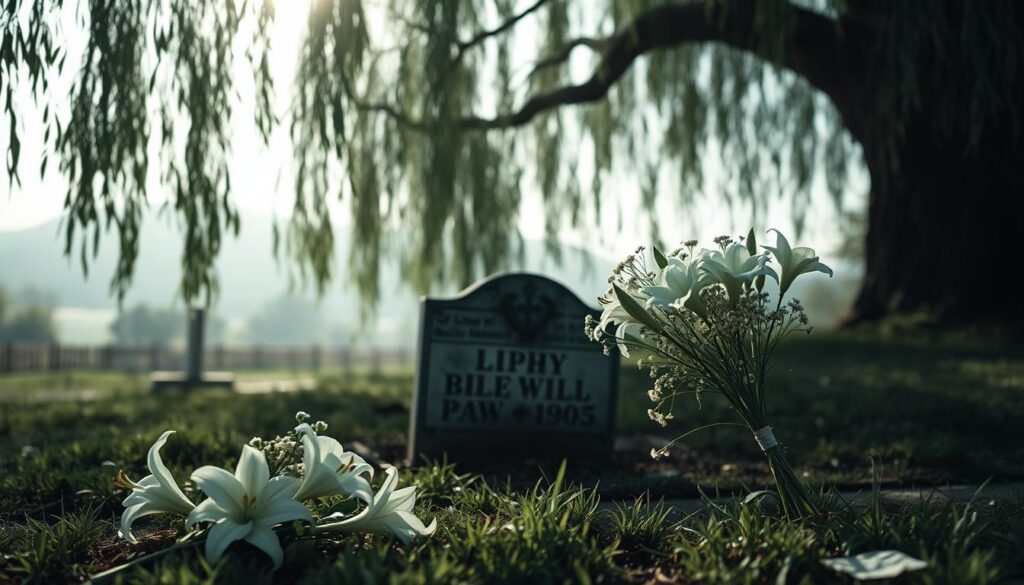
The pace of contemporary life poses significant challenges to families seeking to honor their departed loved ones. As we navigate the demands of modern life, we often find it difficult to find the time and means to pay our respects to those who have passed away.
Geographic Distance and Time Constraints Facing Modern Families
Many families today are spread across different parts of the country or even the world, making it challenging to visit gravesites regularly. Time constraints due to work, school, or other obligations further complicate the ability to pay respects in person. Our remembrance services can help bridge this gap, ensuring that loved ones are not forgotten.
The Emotional Significance of Memorial Tributes
Despite the challenges, the desire to honor and remember loved ones remains strong. Memorial flowers and gravesite care play a significant role in the grieving process, providing a tangible way to express love and respect. These gestures help families process their grief and maintain a meaningful connection with their departed loved ones.
By providing remembrance services, we aim to support families in their time of need, ensuring that their loved ones receive the dignity and respect they deserve.
Introducing Our Gravesite Flower Placement Service for Memorial Day
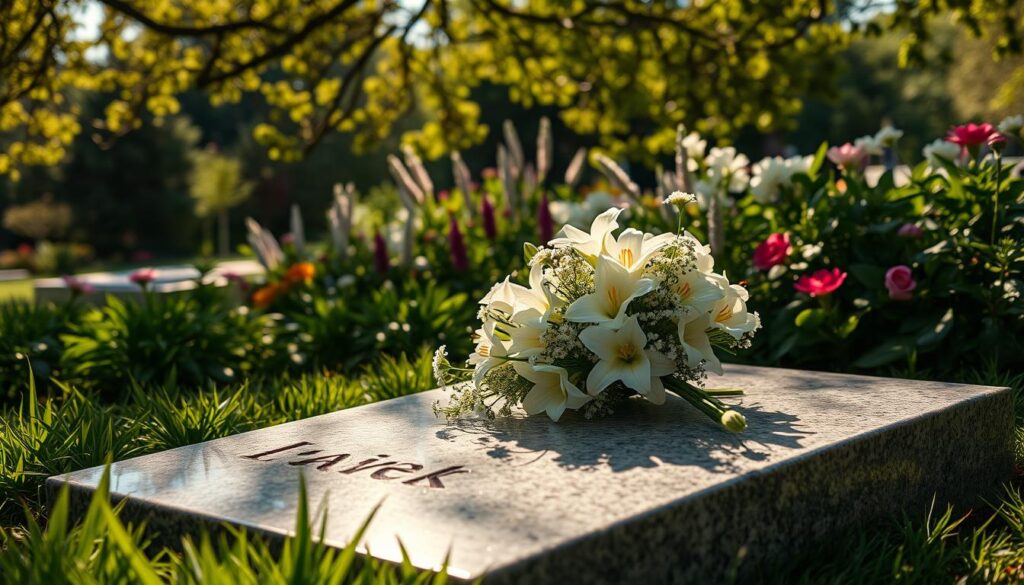
As Memorial Day approaches, we are proud to introduce our Gravesite Flower Placement Service, designed to honor your loved ones with dignity and respect. Our service is designed to make honoring loved ones easier and more meaningful.
We understand the significance of Memorial Day and the importance of paying tribute to those who have served and sacrificed. Our Gravesite Flower Placement Service is launched just in time for this national day of remembrance, ensuring that families can honor their loved ones even if they cannot be there in person.
New Service Launches Just in Time for National Day of Remembrance
Our Gravesite Flower Placement Service is a thoughtful way to show respect and care for your loved ones’ final resting places. We have carefully planned this service to coincide with Memorial Day, a time when Americans come together to remember and honor the fallen.
Key Features:
- Beautiful floral arrangements designed to honor the fallen
- Respectful placement of flowers at gravesites across the country
- Convenient booking and scheduling process
Service Coverage Areas and Cemetery Partnerships
We are proud to have established partnerships with cemeteries nationwide, ensuring that our service is available to families across the United States. Our coverage areas include major cemeteries and national memorials, providing a wide reach for our Gravesite Flower Placement Service.
| Region | Cemetery Partnerships | Service Coverage |
|---|---|---|
| Northeast | Arlington National Cemetery, Long Island National Cemetery | Comprehensive coverage |
| South | Florida National Cemetery, Houston National Cemetery | Extensive coverage |
| West | Los Angeles National Cemetery, Riverside National Cemetery | Comprehensive coverage |
| Midwest | Abraham Lincoln National Cemetery, Illinois Veterans Cemetery | Extensive coverage |
The Rich History and Significance of Memorial Day Observances
As we approach Memorial Day, it’s essential to understand the rich history and significance behind this important American observance. Memorial Day is a day when Americans honor the men and women who have died while serving in the United States Armed Forces. It’s a time for reflection, gratitude, and remembrance.
Origins and Evolution of Memorial Day in American Culture
Memorial Day has its origins in the Civil War, when families and communities would decorate the graves of fallen soldiers. Over time, it evolved to honor Americans who have died in all wars and military conflicts. Today, it’s observed on the last Monday in May, marking the beginning of summer for many, but also serving as a solemn reminder of the sacrifices made by those who have served.
Contemporary Ways Americans Honor Fallen Heroes and Loved Ones
In contemporary America, Memorial Day is observed in various ways. Many visit cemeteries and memorials, placing flowers and flags on graves. Others participate in parades, memorial services, and other community events. These acts of remembrance not only honor the fallen but also provide a sense of closure and comfort to the families and loved ones of those who have passed.
Complete Details of Our Memorial Day Tribute Package
With our Memorial Day tribute package, you can ensure that your loved ones are remembered with the respect and honor they deserve. Our comprehensive package is designed to provide a meaningful way to pay tribute to those who have served and sacrificed for our country.
Patriotic Floral Arrangements: Red, White, and Blue Symbolism
Our patriotic floral arrangements are carefully crafted with red, white, and blue flowers to symbolize the spirit of patriotism and remembrance. The selection of flowers is not only aesthetically pleasing but also durable, ensuring they remain fresh throughout the Memorial Day weekend.
Flower Selection and Durability Considerations
We take great care in selecting flowers that are in season and suitable for outdoor arrangements. Our choices are guided by their durability and ability to withstand various weather conditions, ensuring that the tributes remain beautiful and intact.
American Flag Placement Protocol and Meaning
The placement of the American flag is a solemn tradition that honors the memory of our fallen heroes. We follow a strict protocol to ensure that the flag is placed with dignity and respect, adhering to the guidelines set forth by the United States Flag Code.
Respectful Headstone Area Cleaning and Preparation Services
As part of our tribute package, we offer a respectful headstone area cleaning and preparation service. Our team gently cleans the headstone and surrounding area, preparing it for the floral arrangement and flag placement, ensuring a dignified presentation.
| Service Component | Description | Significance |
|---|---|---|
| Patriotic Floral Arrangements | Red, white, and blue flowers arranged with care | Symbolizes patriotism and remembrance |
| American Flag Placement | Placed according to the United States Flag Code | Honors the memory of fallen heroes |
| Headstone Area Cleaning | Gentle cleaning of the headstone and surrounding area | Ensures a dignified presentation |
How Our Gravesite Flower Placement Service Works Step by Step
Honoring your loved ones on Memorial Day is made simple with our comprehensive Gravesite Flower Placement Service. We understand the challenges of distance and time constraints that many families face during Memorial Day. Our service is designed to be easy to book, execute with precision, and provide assurance of quality through photo documentation.
The Streamlined Booking and Scheduling Process
We have made it easy for you to book our service through multiple channels. You can choose the method that is most convenient for you.
Online and Phone Reservation Options
Our online reservation system allows you to book our service at any time, from anywhere. Alternatively, you can call our dedicated phone line during business hours to speak directly with our team. We are committed to making the booking process as smooth as possible.
Day-of-Service Procedures and Quality Assurance
On Memorial Day, our team executes the flower placement with the utmost care and respect. We follow a strict quality assurance protocol to ensure that every gravesite is treated with dignity. Our procedures are designed to honor your loved ones in the best possible way.
Photo Documentation and Digital Delivery System
To provide you with peace of mind and a way to share in the tribute, we offer photo documentation of the flower placement. After the service is completed, you will receive photos of the gravesite, ensuring that you can see how your loved one’s resting place was honored.
Our Gravesite Flower Placement Service is not just about placing flowers; it’s about creating a meaningful way to honor and remember your loved ones on Memorial Day. With our streamlined process, you can be assured that your tribute will be carried out with care and respect.
The Psychological and Emotional Benefits of Cemetery Flower Tributes
Memorial rituals, such as cemetery flower tributes, play a significant role in the healing process for many individuals. These rituals provide a tangible way to honor and remember loved ones, helping to process grief.
Research has shown that participating in memorial rituals can have a positive impact on grief processing. Studies have found that individuals who engage in these rituals tend to experience a sense of comfort and solace, which can aid in their emotional recovery.
Research on Grief Processing Through Memorial Rituals
Grief processing is a complex and highly individualized experience. However, research suggests that memorial rituals can provide a sense of structure and normalcy during a chaotic time. A study published in the Journal of Loss and Trauma found that individuals who participated in memorial rituals reported feeling more connected to their loved ones and experienced a reduction in grief symptoms over time.
“Rituals provide a way to honor the deceased and to reconnect with memories of them, which can be comforting and help in the grieving process.”
Creating Meaningful Connections Through Symbolic Gestures
Symbolic gestures, such as placing flowers at a gravesite, serve as a meaningful connection to loved ones who have passed. These acts are not just gestures of remembrance but also serve as a way to communicate love and respect.
| Symbolic Gesture | Emotional Benefit |
|---|---|
| Placing flowers | Provides comfort and solace |
| Visiting gravesites | Fosters a sense of connection |
| Participating in memorial services | Aids in processing grief |
By incorporating these symbolic gestures into our memorial practices, we can create meaningful connections with our loved ones, even after they’re gone. Our cemetery flower placement service is designed to support this process, providing a dignified and respectful way to honor those who have passed.
Memorial Day 2025 Service Packages and Pricing Structure
Our Memorial Day 2025 service packages are now available, offering a range of options to ensure your loved ones are remembered with respect and care. We understand that every family is unique, and our goal is to provide a meaningful way to honor those who have passed.
Standard and Premium Service Tiers Unveiled
We offer two primary service tiers to accommodate different needs:
- Standard Service: Includes a patriotic floral arrangement and American flag placement at the gravesite.
- Premium Service: Adds a respectful headstone area cleaning and preparation, along with photo documentation of the gravesite after our service is completed.
Both tiers are designed to provide a dignified tribute to your loved ones.
Multi-Gravesite and Family Discount Programs
We also offer discount programs for families with multiple gravesites or for multiple members within the same family. Our discount programs include:
- 10% off for families with 2-3 gravesites
- 15% off for families with 4 or more gravesites
These programs are our way of showing appreciation for families who wish to honor multiple loved ones on Memorial Day.
Year-Round Gravesite Flower Placement Service Options
Honoring the memory of loved ones is a continuous process, and our service is designed to support you every step of the way. While Memorial Day is a significant occasion for remembrance, the need to honor and commemorate special occasions and personal anniversaries doesn’t end there. Our Gravesite Flower Placement Service is available throughout the year to help you keep the memory of your loved ones alive.
Recurring Service Plans for Ongoing Remembrance
For those who wish to maintain a consistent tribute, we offer recurring service plans. These plans allow you to schedule flower placements at regular intervals, ensuring that your loved one’s gravesite is always adorned with fresh flowers. Whether it’s a weekly, monthly, or seasonal arrangement, our recurring plans are tailored to your needs and preferences. By choosing a recurring plan, you can have peace of mind knowing that your loved one is being remembered regularly.
- Flexible scheduling to fit your needs
- Customizable flower arrangements
- Regular updates and photo documentation
Special Occasion and Personal Anniversary Commemorations
In addition to recurring plans, we also offer special occasion and personal anniversary commemorations. Whether it’s a birthday, the anniversary of their passing, or another significant date, we can help you mark the occasion with a beautiful flower arrangement. Our service is designed to be flexible and accommodating, allowing you to honor your loved one on the dates that matter most to you. With our expertise, you can create meaningful and lasting tributes that celebrate the life and memory of your loved one.
Customer Testimonials: How Our Service Bridges the Distance Gap
For families separated by distance, our Memorial Day gravesite flower placement service has been a beacon of comfort and connection. We have been privileged to receive numerous customer testimonials that highlight the positive impact of our service on families who are unable to visit their loved ones’ gravesites in person.
Stories from Families Unable to Travel for Memorial Day
Many families have shared with us the emotional significance of our service, especially those who, due to health issues, financial constraints, or other commitments, cannot travel to their loved ones’ gravesites on Memorial Day. One customer, Sarah, expressed her gratitude, saying, “Your service allowed me to honor my father’s memory on Memorial Day, even though I couldn’t be there in person. It was a comfort to know that his grave was visited and honored.”
Such stories underscore the importance of our service in ensuring that loved ones are remembered and honored, even when families cannot be there physically.
Impact on Military Families Stationed Away from Loved Ones’ Resting Places
Military families stationed far from their loved ones’ resting places face unique challenges, particularly on significant days like Memorial Day. Our service has been a source of solace for these families, providing a meaningful way to pay tribute to their loved ones. A military spouse, Rachel, shared, “Your gravesite flower placement service gave us peace of mind, knowing that our loved one’s grave was being honored while we were away serving our country.”
By bridging the distance gap, our service helps ensure that all families, including military families, can honor their loved ones with dignity and respect on Memorial Day.
Securing Your Memorial Day Tribute: Reservation Deadlines and Process
To guarantee a meaningful Memorial Day tribute, it’s essential to understand our reservation deadlines and process. We have outlined the key dates and information required to secure your tribute.
Important Dates and Limited Availability Alert
We have limited availability for Memorial Day tributes, making it crucial to book in advance. Key dates to remember include April 15th, when our early bird discount ends, and May 1st, the final reservation deadline. After May 15th, only last-minute adjustments can be made.
| Reservation Deadlines | Service Details | Special Requests |
|---|---|---|
| April 15th: Early bird discount ends | Standard and Premium packages available | Additional flowers or personalized messages |
| May 1st: Final reservation deadline | Gravesite flower placement and flag installation | Cemetery-specific requirements |
| May 15th: Last-minute adjustments | Photo documentation and digital delivery | Special occasion commemorations |
Required Information and Special Requests Accommodation
To ensure a smooth process, please have the following information ready when booking: the full name as it appears on the headstone, cemetery name, and any special requests. We accommodate special requests whenever possible, including additional flowers or personalized messages, to make your tribute unique.
By understanding our reservation deadlines and process, you can ensure that your loved one is honored on Memorial Day. We’re here to guide you through every step, ensuring a meaningful and stress-free experience.
Conclusion: Preserving the Legacy of Loved Ones with Dignity
As we honor the memory of our loved ones on Memorial Day, we recognize the importance of preserving their legacy with dignity. Our Gravesite Flower Placement Service provides a meaningful way to pay tribute to those who have passed, ensuring their memory lives on.
By choosing our service, families can rest assured that their loved ones’ gravesites are treated with respect and care. We understand the challenges of geographic distance and time constraints, which is why we offer a convenient and compassionate solution for honoring loved ones.
Our service is designed to provide comfort to the grieving, while also preserving the legacy of those who have served our country or touched our lives in meaningful ways. We take pride in our attention to detail and commitment to quality, ensuring that every gravesite is treated with the utmost respect.
As we move forward, we remain dedicated to providing a meaningful way for families to honor their loved ones. By preserving the legacy of those who have come before us, we keep their memory alive and continue to find comfort in the rituals and traditions that bring us together.
FAQ
What is the Gravesite Flower Placement Service, and how does it work?
Our Gravesite Flower Placement Service is designed to honor loved ones by placing flowers at their gravesite on your behalf. We work with cemeteries and families to ensure a respectful and dignified service, providing a meaningful way to pay tribute to those who have passed.
Can I choose the type of flowers for the Gravesite Flower Placement Service?
Yes, we offer various flower arrangements, including patriotic options for Memorial Day. We can accommodate special requests for flower types and colors when possible, ensuring the tribute is personalized to your preferences.
How do I book the Gravesite Flower Placement Service?
Booking is straightforward; you can reserve our service online or by phone. We recommend booking in advance due to limited availability, especially around Memorial Day.
What areas do you serve for the Gravesite Flower Placement Service?
We serve various locations, partnering with cemeteries to ensure wide coverage. Our service is designed to be accessible to families across different regions, making it easier to honor loved ones regardless of distance.
Can I request a specific date for the flower placement?
Yes, we accommodate requests for specific dates when possible. For Memorial Day, we ensure timely placements around the observance date. Please contact us to discuss your preferred date.
How will I know that the flowers were placed at the gravesite?
We provide photo documentation as proof of placement, ensuring you have a visual confirmation that the tribute was carried out as requested. This service gives you peace of mind, knowing your loved one was honored.
Is the Gravesite Flower Placement Service available year-round?
Yes, while we highlight our service around Memorial Day, it is available throughout the year for various occasions, including birthdays, anniversaries, and other significant dates. We also offer recurring service plans for ongoing remembrance.
Can military families stationed away benefit from the Gravesite Flower Placement Service?
Absolutely. We understand the challenges faced by military families stationed away from their loved ones’ resting places. Our service is designed to bridge this distance, providing a meaningful way to honor and remember.
Are there any discounts available for multiple gravesites or families?
Yes, we offer discount programs for multiple gravesites and families. Please contact us to discuss your specific needs and how we can accommodate them with our service packages.
What if I have a special request or need a specific arrangement?
We are happy to accommodate special requests when possible. Whether it’s a particular flower arrangement, a specific date, or additional services, we work with you to meet your needs and ensure a dignified tribute.



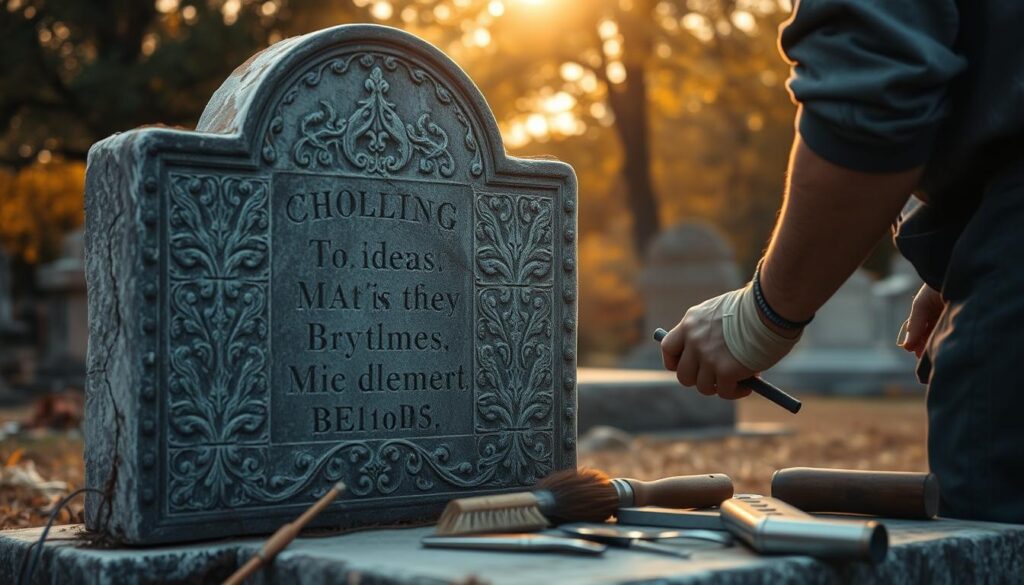
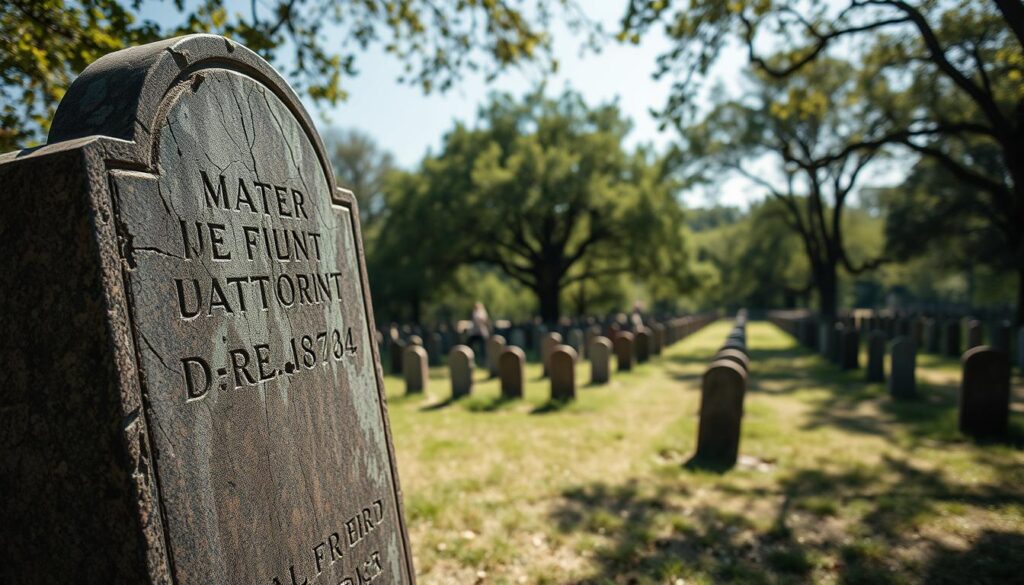

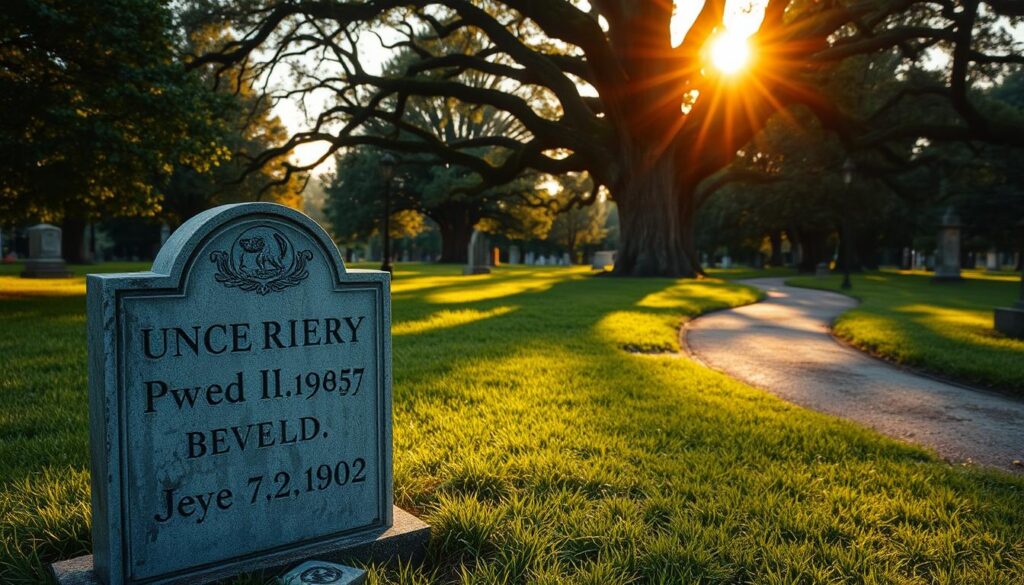
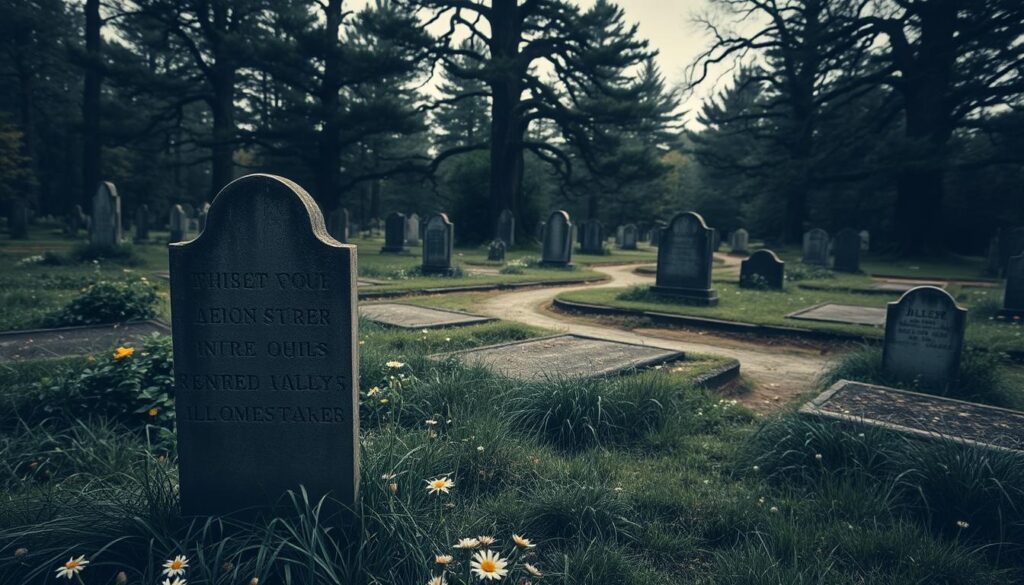
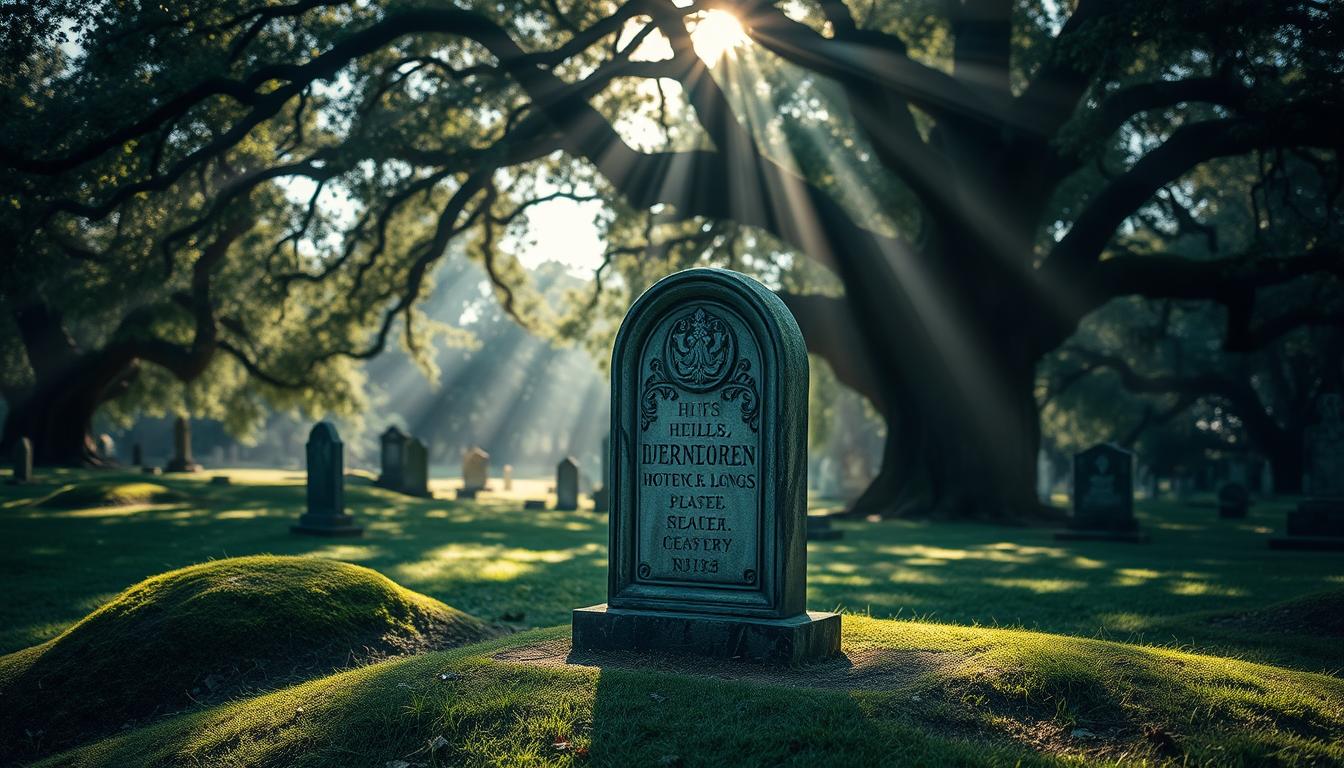

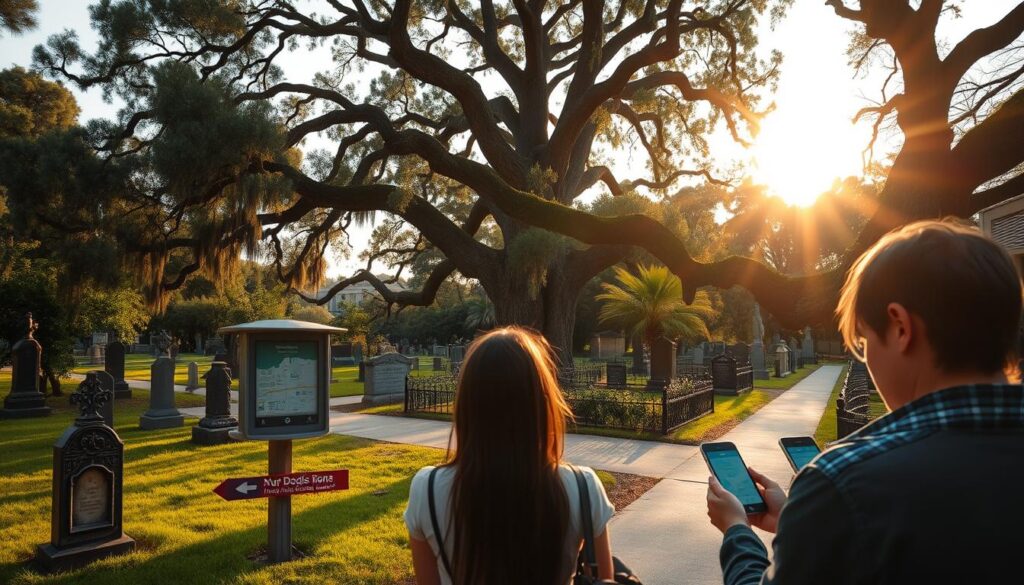
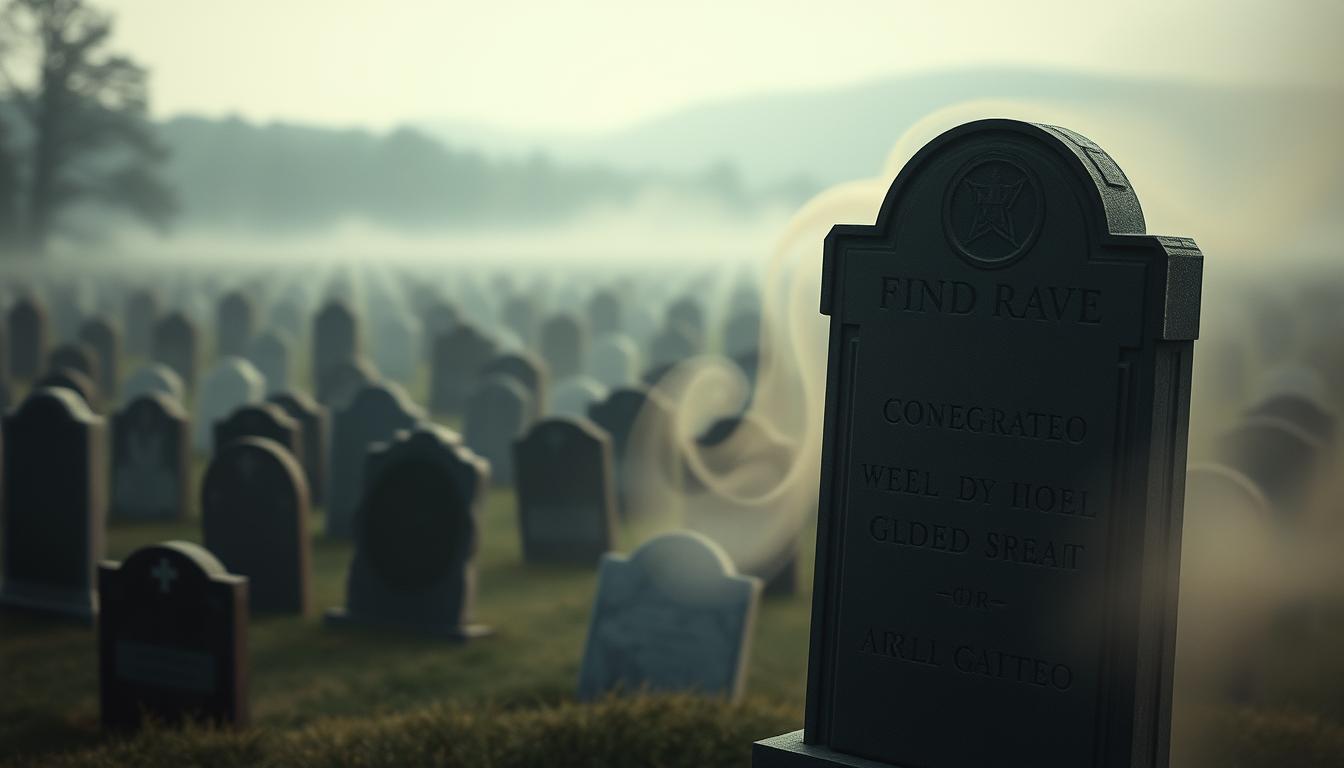
 The platform’s influence is further underscored by its role in facilitating family history research and providing a digital legacy for future generations.
The platform’s influence is further underscored by its role in facilitating family history research and providing a digital legacy for future generations.

